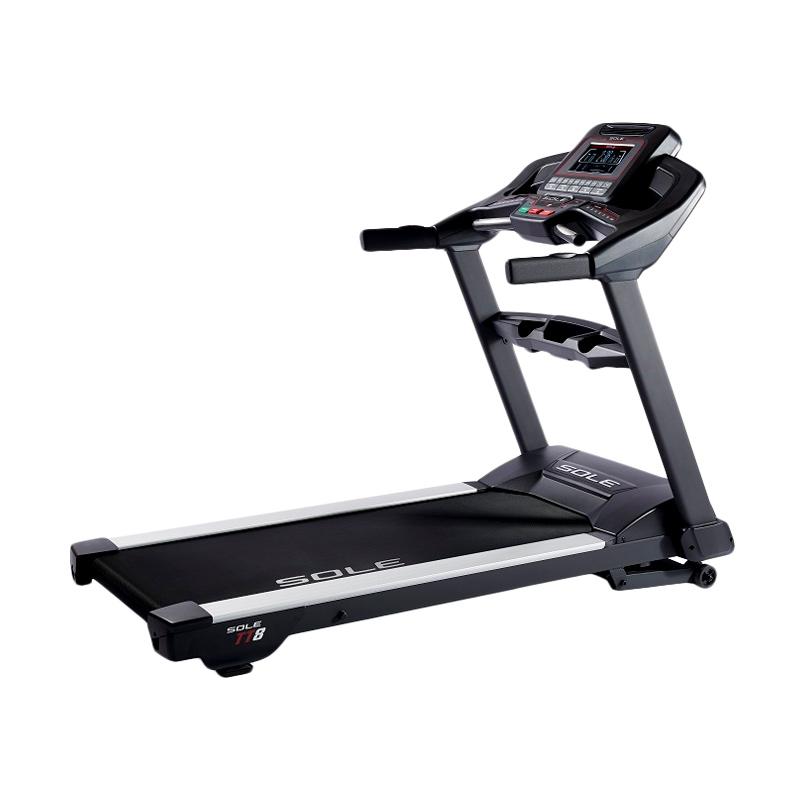Imagine a perfectly smooth, glossy surface on one product, and a rugged, matte texture on another, both emerging flawlessly from the same powder coating oven. Achieving this level of precision for multi-texture finishes requires more than just skill—it demands a well-tuned approach to oven adjustments. If you’re ready to dive into the art of adapting powder coating ovens for complex finishes, here are the lesser-known strategies to make your projects stand out.
Calibrating Heat Zones to Accommodate Varied Curing Times for Complex Textures
Different textures often mean different curing requirements. Powder coating ovens are typically divided into heat zones, and understanding how to fine-tune these zones can make all the difference. Complex finishes, such as those requiring a mix of matte and glossy sections, need precise temperature control to ensure each texture cures properly.
Start by identifying the specific curing temperatures for each type of finish. Use the oven’s heat zones to maintain the ideal temperature in sections where they’re most needed. For instance, while a glossy finish might need a higher temperature for proper curing, a textured surface may require a slightly lower and more even heat application to maintain its integrity. A well-calibrated oven ensures you don’t end up with over-cured or under-cured areas, both of which can compromise the final product.
By dedicating time to perfect heat zone calibration, you’re setting the foundation for high-quality, multi-textured finishes that look professional and perform well over time.
Optimizing Airflow Patterns to Ensure Consistency Across Diverse Surface Finishes
Airflow inside a powder coating oven plays a pivotal role in how textures set. Uneven airflow can lead to inconsistent finishes, with some areas looking flawless while others turn out patchy or uneven. Optimizing airflow patterns is especially important when working on parts with varied surface textures.
Begin by evaluating how air circulates within the oven. Powder coating ovens with poor airflow tend to create hotspots or cold zones, which can ruin your results. Adjust dampers or fans to balance the airflow, ensuring that every part of your product receives even exposure to heat. For intricate designs or components with complex geometries, consider rotating or repositioning them during the curing process for uniform results.
Consistent airflow means consistent finishes, making it an essential adjustment for achieving the perfect multi-texture outcome every time.
Adjusting Ramp-up Rates for Materials Requiring Gradual Heat Application
Some textures require a gentle approach to heat. Abrupt temperature changes can cause cracking, bubbling, or uneven curing, especially for specialty powders or sensitive materials. Adjusting the ramp-up rate—the speed at which the oven reaches its target temperature—is a game-changer.
For materials that need gradual heat application, slow down the ramp-up rate to allow powders to adhere and melt evenly before full curing occurs. Powder coating ovens with programmable controls can help you fine-tune this process for precision. On the flip side, less sensitive materials might benefit from faster ramp-up rates to speed up production without sacrificing quality.
Balancing the ramp-up process helps prevent defects, ensuring that every texture sets exactly as intended.
Balancing Curing Cycles to Preserve the Integrity of Intricate Texture Layers
When dealing with intricate textures, timing is everything. Curing cycles that are too short might leave the finish underdeveloped, while cycles that are too long risk over-curing, which can dull the texture or compromise its durability. Striking the right balance is essential.
For multi-layer textures, cure each layer fully before applying the next. Powder coating ovens equipped with digital timers and heat sensors allow for precise cycle management, ensuring that every layer cures under optimal conditions. Pay special attention to the final layer, as it often determines the overall appearance and durability of the product.
By fine-tuning curing cycles, you not only preserve the integrity of intricate textures but also enhance the overall quality of your finish.
Integrating Advanced Controls for Seamless Transitions Between Finish Types
Switching between different finishes within a single project can be tricky, but advanced oven controls make the transition smoother. Modern powder coating ovens often come equipped with programmable settings that allow you to save and switch between curing profiles quickly.
Take advantage of these controls to preset temperatures, ramp-up rates, and airflow settings for specific textures. This reduces the downtime between finish types and ensures consistent results across the board. For even more precision, some systems allow for remote monitoring, letting you adjust settings in real-time as needed.
Seamless transitions between finishes save time, reduce waste, and ensure your projects stay on track.
Monitoring Real-time Oven Performance to Fine-tune Multi-texture Results
Real-time monitoring is one of the most overlooked tools in achieving exceptional multi-texture finishes. Tracking oven performance during the curing process gives you the ability to identify and correct issues before they impact the final result.
Many powder coating ovens now feature built-in sensors and data logging systems that track temperature, airflow, and curing times. Use this data to pinpoint inconsistencies or trends, such as fluctuating temperatures in certain zones or uneven heat distribution. Regularly reviewing performance data also helps you anticipate maintenance needs, keeping your oven running at peak efficiency.



